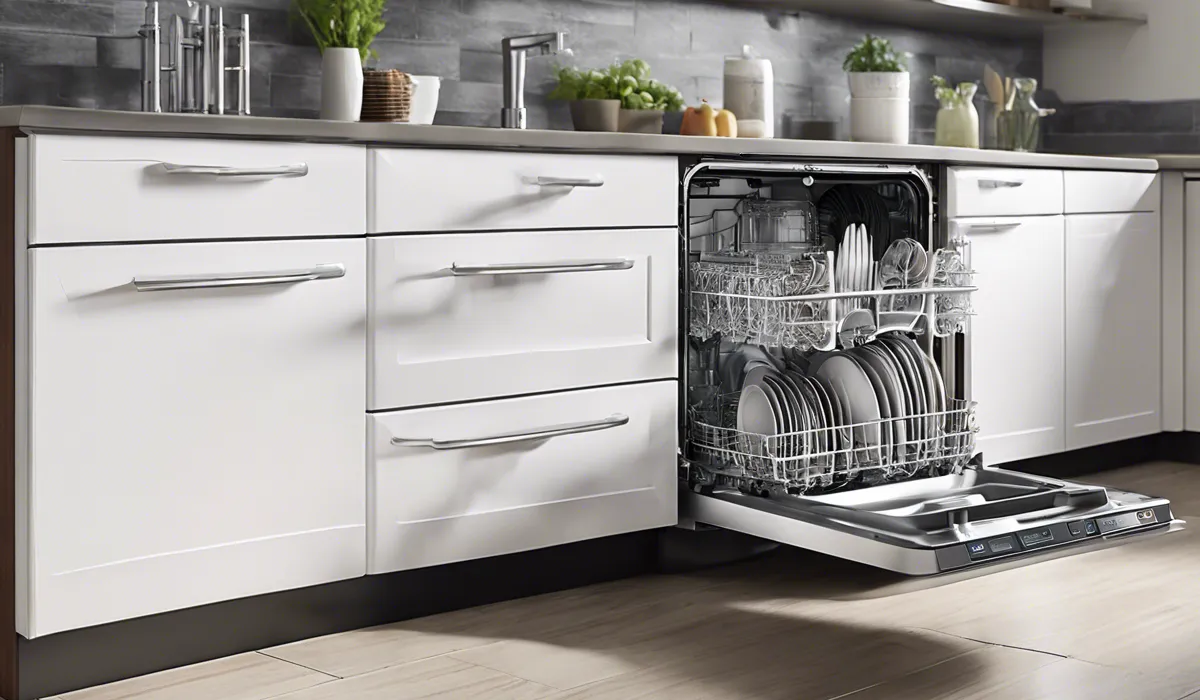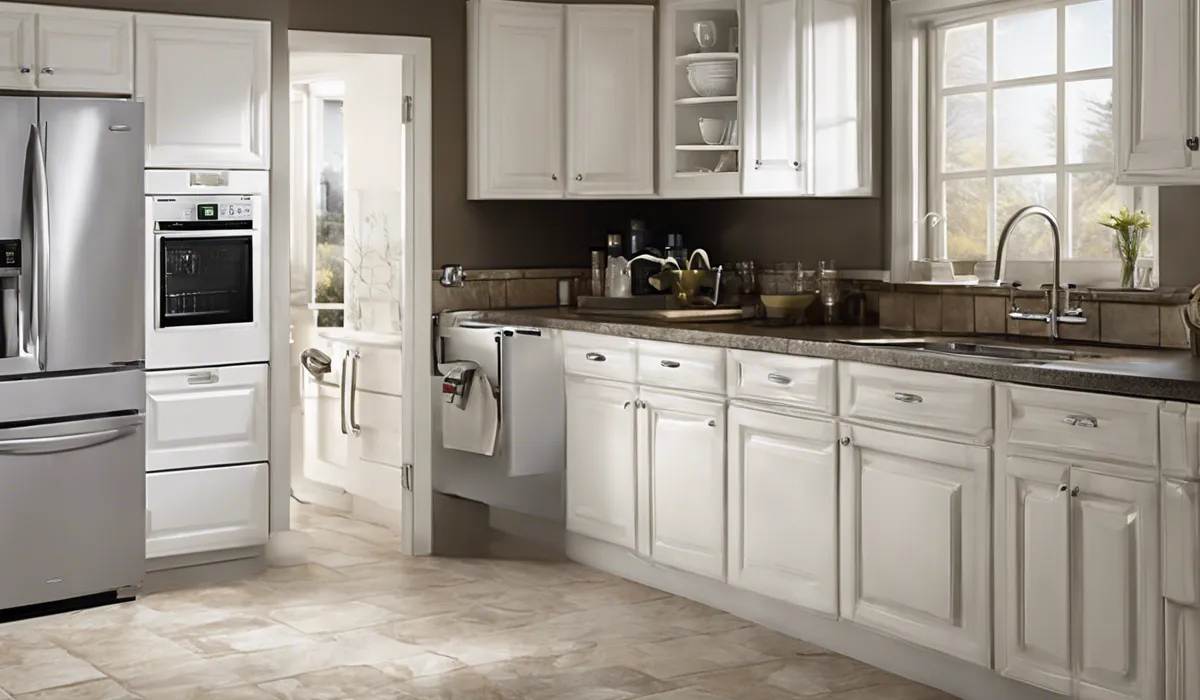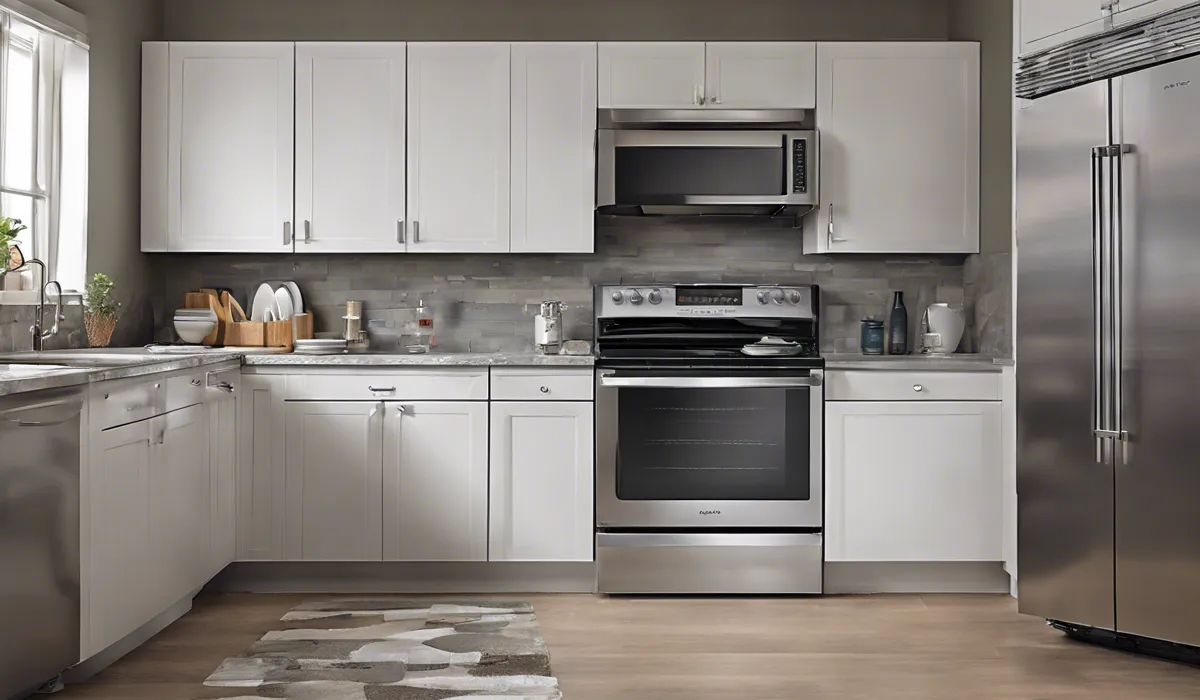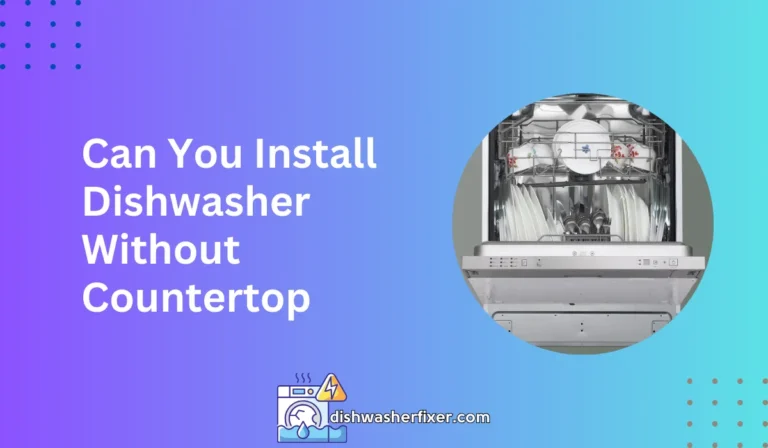What is a Dishwasher Air Gap? Unveiling Its Purpose & Need
A dishwasher air gap is a safety device installed between a dishwasher’s drain hose and the home’s plumbing system. It prevents contaminated water from siphoning back into the clean water supply. The air gap creates a physical barrier, ensuring proper drainage and hygiene.
Understanding the Dishwasher Air Gap

What is an Air Gap?
An air gap is a small device that creates a physical separation in the dishwasher’s drainage system. This separation is crucial as it prevents wastewater from flowing backward and contaminating the clean water supply.
The key facts about a dishwasher air gap revolve around its role as a safety device, ensuring that the water used to clean your dishes remains free from potential contamination.
Preventing Backflow and Contamination
The primary purpose of a dishwasher air gap is to prevent backflow, which happens when wastewater reverses direction due to pressure changes in the plumbing.
By stopping this backflow, the air gap ensures that dirty water does not siphon back into the dishwasher or the clean water supply, which could lead to contamination and health risks.
Integration with Dishwasher Plumbing
The air gap is an essential part of the dishwasher plumbing system. It is typically mounted above the sink or on the countertop and connected to the dishwasher’s drain hose on one side and the garbage disposal or sink drain on the other.
This setup allows wastewater to flow out of the dishwasher, into the air gap, and then out to the drain without any risk of it flowing back into the dishwasher.
Importance for Sanitary Conditions
Maintaining sanitary conditions is vital in any kitchen, and the dishwasher air gap plays a critical role in this.
By ensuring that wastewater cannot contaminate the clean water or the dishes inside the dishwasher, the air gap contributes to the overall hygiene of your kitchen and the safety of your family or customers.
Installation and Maintenance of a Dishwasher Air Gap

Locating the Air Gap
The air gap should be located close to the kitchen sink, typically mounted through a hole in the sink or the countertop.
The position is strategic as it allows for easy connection to the sink drain and helps in maintaining the air gap system without too much hassle.
Installing a Dishwasher Air Gap
Installing a dishwasher air gap involves several steps. First, you must drill a hole in the sink or countertop, if there isn’t one already.
Then, place the air gap through the hole, securing it with a mounting nut. Next, connect the dishwasher’s drain hose to the smaller leg of the air gap using a hose clamp.
Finally, attach another hose from the larger leg of the air gap to the garbage disposal or sink drain.
Common Issues: Clogging and Leakage
Over time, a dishwasher air gap can become clogged with debris, which can lead to water leakage or an overflow at the air gap itself.
Regular checks can help prevent these issues, ensuring the air gap functions correctly.
If leakage or clogging occurs, it’s important to clean the air gap thoroughly and check all connections for proper tightness.
Maintenance Tips
To maintain an air gap’s effectiveness, routinely check for debris and clean it out as necessary.
You should also inspect hoses for any signs of wear or damage and replace them if needed.
Keeping the air gap and its surrounding area clean will help ensure that it continues to protect your dishwasher and home from contamination.
Alternatives to a Dishwasher Air Gap

High Loop Alternative
A high loop is a simple alternative to an air gap where the dishwasher’s drain hose is looped at a height at least as high as the bottom of the sink before connecting to the drain system.
This method aims to prevent backflow by using gravity, but it is not considered as foolproof as a proper air gap.
Standpipes as an Alternative
Standpipes are another alternative to air gaps. They are vertical pipes connected to the drain line, and the dishwasher hose is inserted into the standpipe.
The height of the standpipe prevents backflow, but like the high loop, it is not as reliable as an air gap.
State Regulations and Air Gap Codes
Before considering alternatives, it’s essential to be aware of state regulations and code requirements for air gaps.
Some states require the use of an air gap, while others may allow alternatives like the high loop. Always check local codes to ensure your dishwasher’s plumbing complies with regulations.
Pros and Cons of Alternatives
While alternatives to a traditional air gap may seem appealing due to their simplicity and sometimes lower costs, they come with drawbacks.
They are generally not as effective in preventing backflow and can be against code in certain areas.
However, for those without the means to install an air gap, they can provide a measure of protection.
FAQs About Dishwasher Air Gap
What is the purpose of a dishwasher air gap?
The purpose of a dishwasher air gap is to prevent contaminated water from the sink or garbage disposal from siphoning back into the dishwasher and contaminating clean dishes or the clean water supply.
Is a dishwasher air gap a required component?
In many regions, a dishwasher air gap is required by plumbing codes to ensure sanitary conditions and prevent cross-contamination of the water supply.
How does a dishwasher air gap work?
A dishwasher air gap works by creating a physical barrier in the drainage line, which allows air to break the siphon effect and ensures that wastewater flows directly to the drain without backflowing.
Where is a dishwasher air gap typically located?
A dishwasher air gap is typically located on the kitchen countertop next to the sink or can be mounted to the sink itself, usually between the faucet and the edge of the sink.
Can I install a dishwasher without an air gap?
While it’s possible to install a dishwasher without an air gap, it’s not recommended due to the risk of water contamination. Some jurisdictions allow alternatives like high-loop installation or integrated backflow prevention, but these must comply with local plumbing codes.
Final Thoughts
A dishwasher air gap serves as a critical safeguard, installed in the drainage system to prevent backflow of dirty water into the potable water supply.
By creating a physical separation, it ensures drainage processes remain hygienic and adhere to safety standards, thereby protecting household water quality.






